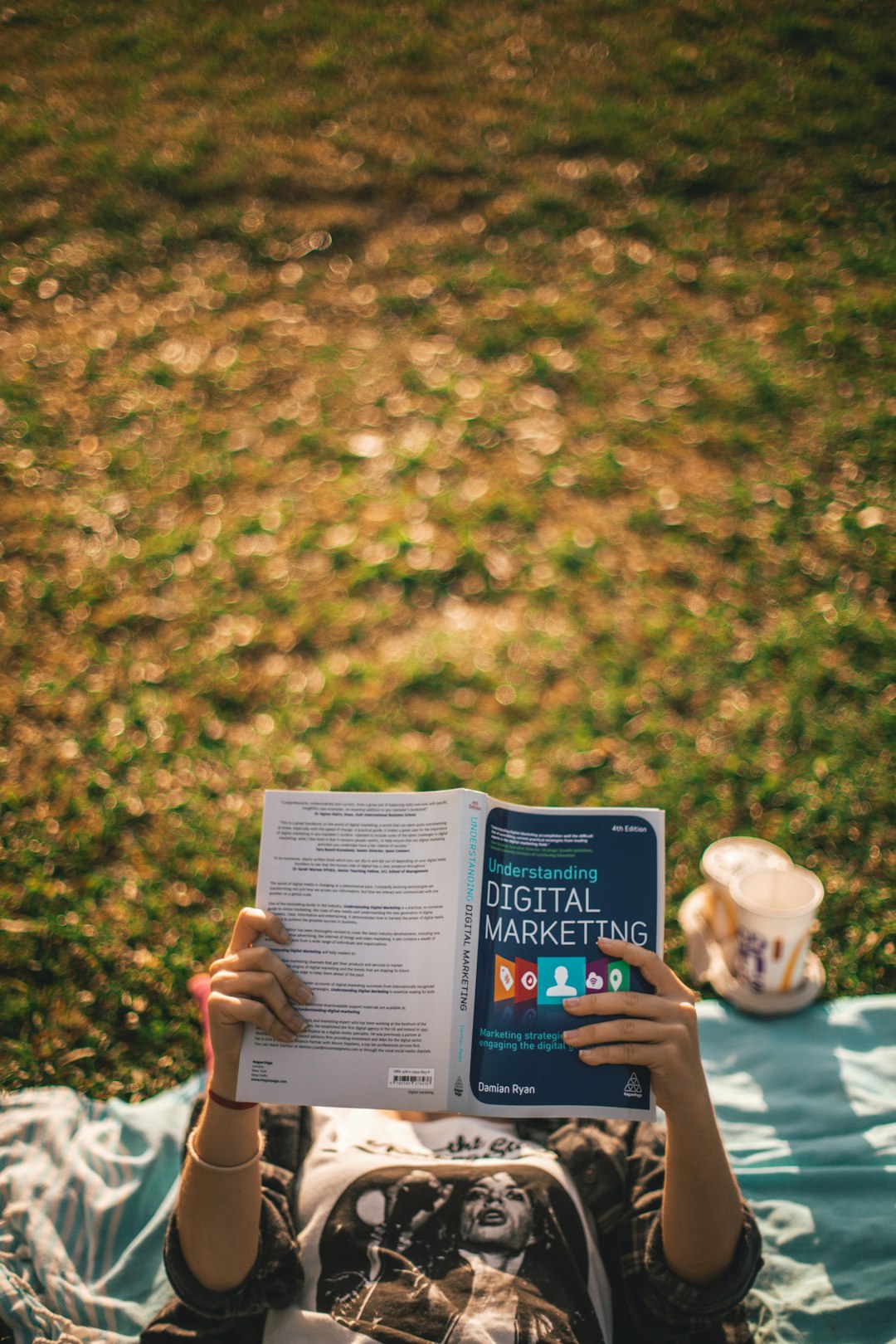In today’s globalized digital economy, reaching customers across borders is essential for success. As businesses expand into new markets, translating marketing content is no longer optional—it’s a strategic necessity. However, doing so efficiently without compromising on quality or brand identity is a challenge many companies face in 2025. This article explores how to translate marketing content quickly and effectively without sacrificing the essence of the message.
The Importance of High-Quality Translations in Marketing
Marketing content does more than convey information—it evokes emotions, builds brand loyalty, and drives consumer action. Poorly translated content can damage a brand’s image, cause confusion, or even offend target audiences. Therefore, accuracy, nuance, and cultural appropriateness are critical when translating any type of marketing text.
Steps to Translate Marketing Content Efficiently
1. Define Your Market Strategy
Before translation begins, you should identify your target region, language variants, and cultural expectations. A one-size-fits-all approach often fails; for instance, Spanish used in Mexico differs significantly from that spoken in Spain. Understanding these distinctions at the outset helps reduce the amount of backtracking and fine-tuning needed later.
2. Localize, Don’t Just Translate
Localization goes beyond word-for-word translation. It involves adapting messages, images, idioms, and even color schemes to resonate with local audiences. For example, a slogan that resonates in the United States might not have the same impact in Japan.
Key localization elements include:
- Idiomatic expressions
- Currency, date, and time formats
- Visual imagery and cultural references
- Regulatory and licensing information

3. Build a Translation Style Guide
To maintain consistency across markets, create a translation style guide that outlines brand tone, preferred vocabulary, and formatting preferences. This document serves as a reference point for both human translators and AI tools, improving efficiency and reducing potential rework.
4. Use Advanced Translation Technology
AI-powered translation tools in 2025 are more sophisticated than ever. Tools using neural machine translation (NMT) now provide context-aware translations that are significantly more accurate than previous iterations. Combined with Translation Memory (TM) systems, these platforms save time by automatically reusing previously approved phrases and sentences.
Popular tools include:
- DeepL Pro
- Smartling
- Transifex
- Memsource
When paired with human review, these platforms enhance both speed and quality.
5. Invest in Native-speaking Translators
Even the most advanced AI cannot always understand the intricate layers of meaning in marketing language. Human translators, especially those who are native speakers and have marketing backgrounds, can tweak the message to strike the right tone and fit into the local culture seamlessly.
Pro tip: Consider using a hybrid model: AI for first-pass translation, followed by human editing for quality assurance.
6. Test Across Channels and Devices
Translated marketing content must be consistent across various formats—social media, emails, mobile apps, and websites. Test rendered versions on all relevant devices and screen sizes to ensure the message displays correctly and aligns with local user behavior.

7. Implement an Efficient Review Workflow
Establishing a streamlined review process is crucial for efficiency. Assign specific roles for initial translation, peer review, quality assurance, and sign-off. Use centralized project management platforms to keep all stakeholders aligned and minimize communication errors.
Challenges to Watch Out For
Despite best practices, several challenges can slow down or derail a translation project:
- Inconsistent terminology: Mitigate this by using standard glossaries and TMs.
- Varying cultural sensitivities: Always test messages with target audience panels if possible.
- Lack of alignment between content creators and translators: Maintain clear documentation and frequent communication.
Conclusion
Efficiently translating marketing content in 2025 calls for a blend of modern technology, human creativity, and strategic project management. By embracing a commitment to quality, cultural insight, and streamlined processes, companies can ensure their message resonates authentically across every market they target. Remember, in the world of marketing, clarity and connection always trump speed—though with the right approach, you can achieve all three.